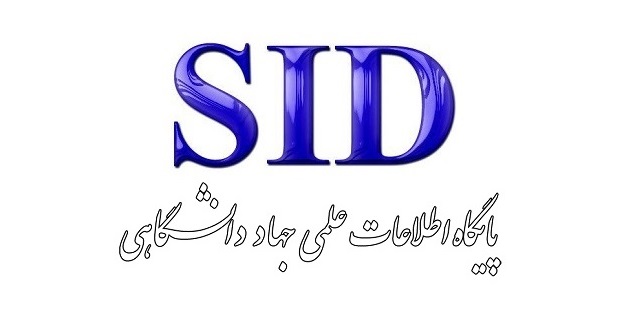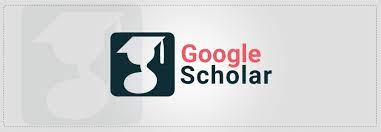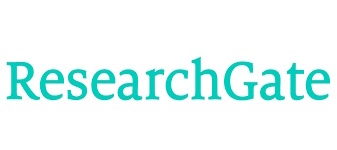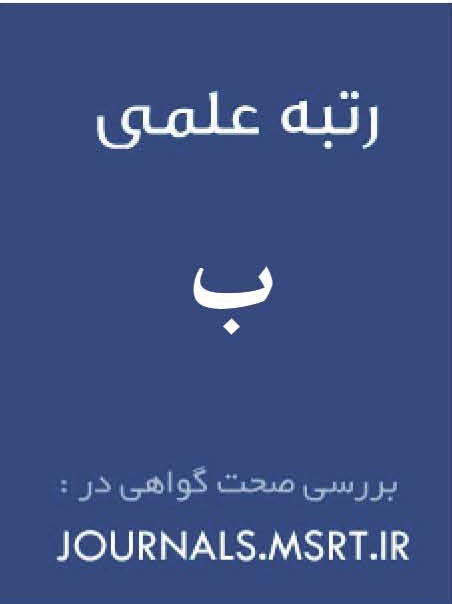Design and Validation of a Financial Distress Risk Assessment Model
Keywords:
Financial distress, bank credit risk, bank liquidity riskAbstract
The objective of this study was to design and validate a model for assessing financial distress risk. The research method employed was based on an econometric model using the GARCH framework, implemented through EViews software version 10. The statistical population consisted of listed banks during the period from 2012 to 2023, and the research sample included data relevant to the financial distress risk assessment model. Among the key findings of the study, it was observed that based on the regression coefficients of the criteria, bank credit risk and bank liquidity risk—with coefficients of 99% and 95%, respectively—contributed significantly to the reduction of financial distress risk in listed banks. Additionally, changes in net income to total bank assets and net working capital to total bank assets demonstrated highly significant impacts on the reduction of financial distress risk, with calculated coefficients of 99% and 94%, respectively. Furthermore, bank market risk, market value to book value of the bank, and total liabilities to total assets of the bank, each with a 91% coefficient, showed similarly significant effects in reducing financial distress risk in listed banks. In contrast, operational risk of the bank, interest rate risk, net income to shareholders' equity, and the total asset size of the bank ranked next with approximate coefficients of 80%. Moreover, according to the power-dependence chart, bank liquidity risk exhibited the highest influence power at 100% and the lowest dependence level at 17%, placing it in the “independent” zone (low dependence, high influence). In fact, bank credit risk and operational risk showed high influence power—83% and 67%, respectively—and moderate dependence levels of 50%, positioning them in the “linkage” zone (high influence, moderate dependence). Conversely, net working capital to total assets, net income to total assets, and market risk of the bank exhibited the highest dependence level at 100% and the lowest influence power at 50%.
Downloads
References
Amini, N. (2022). Investigating the Relationship between Risk Management and Capital Adequacy with Financial Distress in Listed Banks in the Iranian Capital Market. Management and Accounting Studies Quarterly, 8(2).
Aney, M. S., & Banerji, S. (2022). Political connections, informational asymmetry, and the efficient resolution of financial distress. Economic Modelling.
Barzegar, B., Fallah Shams, M., Khalili Araqi, M., & Nikmoram, H. (2023). The Impact of Macroeconomic Elements on the Financial Distress of Selected Banks Listed on Tehran Stock Exchange Using KMV Method. Planning and Budgeting Quarterly, 28(3). https://doi.org/10.61186/jpbud.28.3.105
Bevilacqua, M. (2023). Options-based systemic risk, financial distress, and macroeconomic downturns. Journal of Financial Markets.
Böhnke, V. (2023). Back to the roots of internal credit risk models: Does risk explain why banks' risk-weighted asset levels converge over time? Journal of Banking & Finance.
Borer, D. (2023). Identifying systemic risk of assets during international financial crises using Value at Risk elasticities. International Review of Financial Analysis.
Ebrahimi Shaghaghi, M., & Eslami Mofidabadi, H. (2021). The Impact of Financial Distress Risk on the Prediction of Macroeconomic Indicators: Evidence from Iran's Economy. Capital Market Analysis Quarterly, 1(1).
Foglia, M., & Angelini, E. (2020). The diabolical sovereigns/banks risk loop: A VAR quantile design. The Journal of Economic Asymmetries.
Foroutan, R., Ramzanian, R., & Mirzaei, M. (2022). Estimating Value-at-Risk Based on Filtered Historical Simulation and Risk Spillover Analysis in Tehran Stock Exchange: A Case Study of Chemical Products and Banking Sectors. Asset Management and Financing, 10(2).
Ghahari, S. M. (2022). Forecasting Bankruptcy and Stock Price Changes with a Focus on Systemic Risk. Noavaran Danesh Publishing.
Haddou, S. (2022). International financial stress spillovers to bank lending: Do internal characteristics matter? International Review of Financial Analysis.
Hamidian, M., & Askari, A. (2024). The Relationship between Profit Forecast Accuracy and Bank Financial Distress with Emphasis on External Banking Governance Mechanisms. Studies in Economics, Financial Management and Accounting Quarterly, 10(1).
Jafari, M. (2024). Risk and Financial Crisis Management in Banks (Under Sanctions and Pandemic Conditions). Bu-Ali Educational and Research Publisher.
Kahkhaei Akbari, R., Khouzin, A., Gorganli Douji, J. D., & Bokharaeian, M. (2023). A Preventive Model of Financial Distress Risk in the Banking Industry. Islamic Economics and Banking Journal, 12(43).
Lian, Y. (2024). Financial distress, bank branching deregulation, and customer-supplier relationships. Journal of Corporate Finance.
Neill, A. (2024). Banking on resilience: EU macroprudential policy and systemic risk. International Review of Economics & Finance.
Sadaa, A. M. (2023). Corporate governance as antecedents and financial distress as a consequence of credit risk. Evidence from Iraqi banks. Journal of Open Innovation: Technology, Market, and Complexity.
Shoja’i Asl, I. (2023). Study of Liquidity Shock in Credit Risk of Cooperative Development Bank.
Sobhi, E., Mohammadi, T., & Shakeri, A. (2023). Investigating the Impact of Oil Prices on the Probability of Different Financial Distress Regimes: A Markov Regime Switching Approach. Iranian Economic Issues Review (Biannual), 10(1).
Soleimani, O., & Safari, M. (2023). The Relationship between Knowledge Management and Financial Risk-Taking with Bank Financial Distress. Accounting and Management Perspectives Quarterly, 6(85).
Soori, A. (2021). Advanced Econometrics with EViews 8 and Stata 12 Applications (Vol. 2). Noor Elm Publications.
Stolbov, M. (2022). When central bank research meets Google search: A sentiment index of global financial stress. Journal of International Financial Markets, Institutions and Money.
Sydow, M. (2024). Shock amplification in an interconnected financial system of banks and investment funds based on Financial Stress. Journal of Financial Stability.
Tohidi, S., Mazini, A. H., & Heydari, H. (2023). Financial Distress Risk Cycles and Their Implications for Economic Growth in Iran. Modern Economy and Trade Quarterly, 18(1).
Zakernia, E., & Zeynoddini, M. (2022). Strategies for Managing Credit Risk in Iran's Banking System. DAFOS Publishing.
Zhao, J. (2024). Survey, classification and critical analysis of the literature on corporate bankruptcy and financial distress prediction. Machine Learning with Applications.
Downloads
Published
Submitted
Revised
Accepted
Issue
Section
License
Copyright (c) 2025 هادی اسمعیلی (نویسنده); حسین جباری (نویسنده مسئول); داود کیانوش, حسن قدرتی (نویسنده)

This work is licensed under a Creative Commons Attribution-NonCommercial 4.0 International License.









